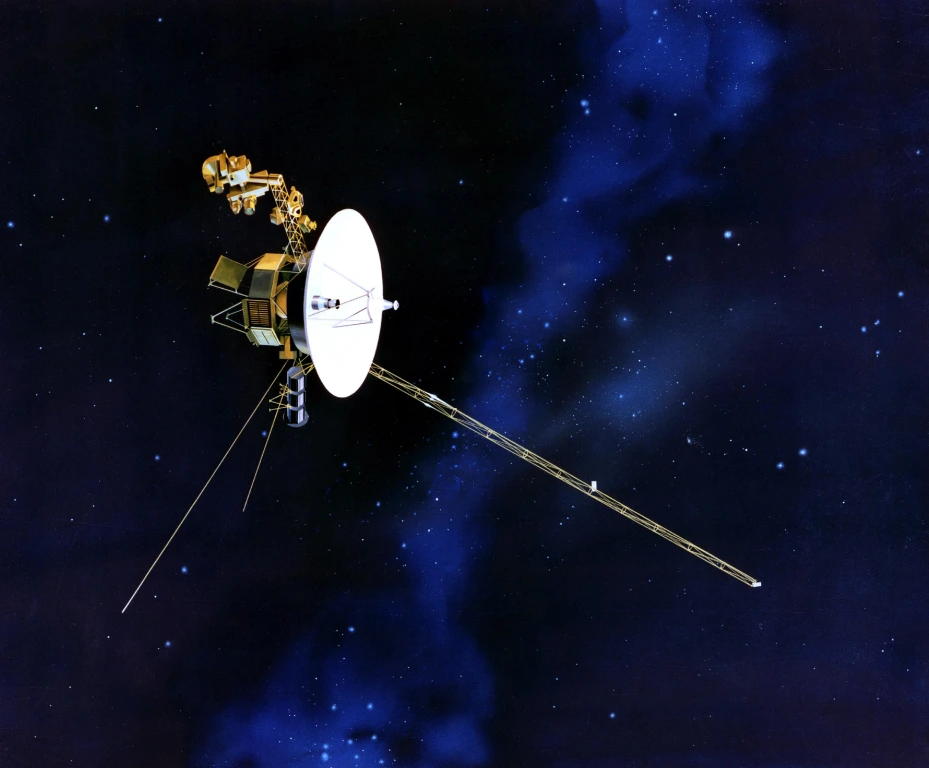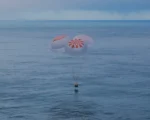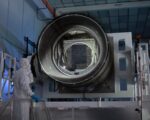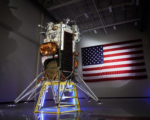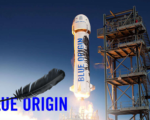NASA’s Voyager 1 spacecraft, which has been traveling through interstellar space for nearly five decades, has successfully reestablished communication after a brief but critical blackout. Launched in September 1977, Voyager 1 is currently about 15 billion miles (24 billion kilometers) from Earth, making it the farthest spacecraft from our planet.
Recently, the spacecraft experienced a technical issue that prompted its autonomous fault protection system to engage, cutting off communication for several days. To mitigate power consumption and prolong its operational life, the Voyager team has been selectively turning off components over the years. In a remarkable turn of events, engineers activated a radio transmitter that Voyager 1 hadn’t used since 1981 to maintain contact with mission control.
Communication Breakdown and Recovery
On October 16, NASA sent a command to turn on Voyager 1’s heaters, which are crucial for warming components that have suffered radiation damage over time. However, something triggered the fault protection system, leading the spacecraft to automatically shut down non-essential systems to conserve power. The following days saw no response from Voyager, leading to heightened concerns among the team.
Using the Deep Space Network, a system of antennas that facilitates communication with distant spacecraft, engineers were able to eventually detect a faint signal from Voyager 1 on October 18. However, by October 19, communication halted entirely, leading to fears that the X-band transmitter, typically used for sending data, had shut down again, potentially switching to the weaker S-band transmitter instead.
A Dim Signal and Future Steps
NASA’s team confirmed that the S-band signal was detectable, although it poses significant challenges for long-term communication. According to Bruce Waggoner, Voyager mission assurance manager, the S-band is “too weak to use long term.” While this weaker signal allows for basic commands to be sent, it does not support telemetry or scientific data transmission.
Engineers are now working meticulously to analyze the fault protection system’s triggers before attempting to switch back to the more powerful X-band transmitter. This careful approach is necessary to avoid further complications that could jeopardize Voyager 1’s mission. Waggoner noted that reestablishing the X-band’s functionality could provide critical data that may explain the recent communication failures.
In the meantime, the team successfully confirmed the functionality of the S-band transmitter on October 24, ensuring that Voyager remains oriented towards Earth, but this is not a sustainable solution for ongoing communication.
Innovative Solutions Amidst Challenges
Despite these challenges, the Voyager team has demonstrated remarkable ingenuity. Earlier in the year, they employed several innovative techniques to maintain contact with the aging spacecraft, such as activating old thrusters to keep the antenna aligned with Earth and resolving a computer glitch that had interrupted scientific data transmission for months.
Voyager 1’s ability to continue operating in the harsh conditions of interstellar space highlights both the resilience of the technology and the dedication of the team working to ensure the mission’s success as it continues its unprecedented journey through the cosmos.


